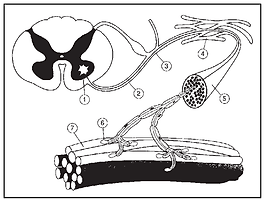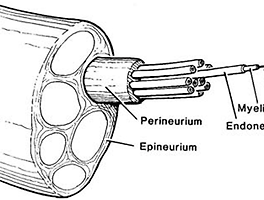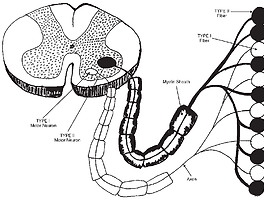Neuropathic osteoarthropathy, also known as Charcot joint (often "Charcot foot"), refers to progressive degeneration of a weight bearing joint, a process marked by bony destruction, bone resorption, and eventual deformity. Onset is usually insidious. If this pathological process continues unchecked, it could result in joint deformity, ulceration and/or superinfection, loss of function, and in the worst case scenario: amputation or death. Early identification of joint changes is the best way to limit morbidity.
Basically, any condition resulting in decreased peripheral sensation, proprioception, and fine motor control:
Basically, any condition resulting in decreased peripheral sensation, proprioception, and fine motor control:
- Diabetes mellitus neuropathy
(the most common in the U.S. today, resulting in destruction of foot and ankle joints), with Charcot joints in 1/600-700 diabetics. Related to long-term poor glucose control. - Alcoholic neuropathy
- Cerebral palsy
- Leprosy
- Syphilis (tabes dorsalis), caused by the organism Treponema pallidum
- Spinal cord injury
- Myelomeningocele
- Syringomyelia
- Intra-articular steroid injections
- Congenital insensitivity to pain
'Physical Medicine & Rehabilitation > ELECTRODIAGNOSTIC MEDICINE AND CLINICAL NEUROMUSCULAR PHYSIOLOGY' 카테고리의 다른 글
| Post-ganglionic injury (0) | 2011.01.31 |
|---|---|
| The Motor Unit (0) | 2011.01.03 |
| Nerve Connective Tissue (0) | 2011.01.03 |
| Henneman Size Principle (0) | 2010.12.31 |
| Single fiber EMG (0) | 2010.12.30 |


